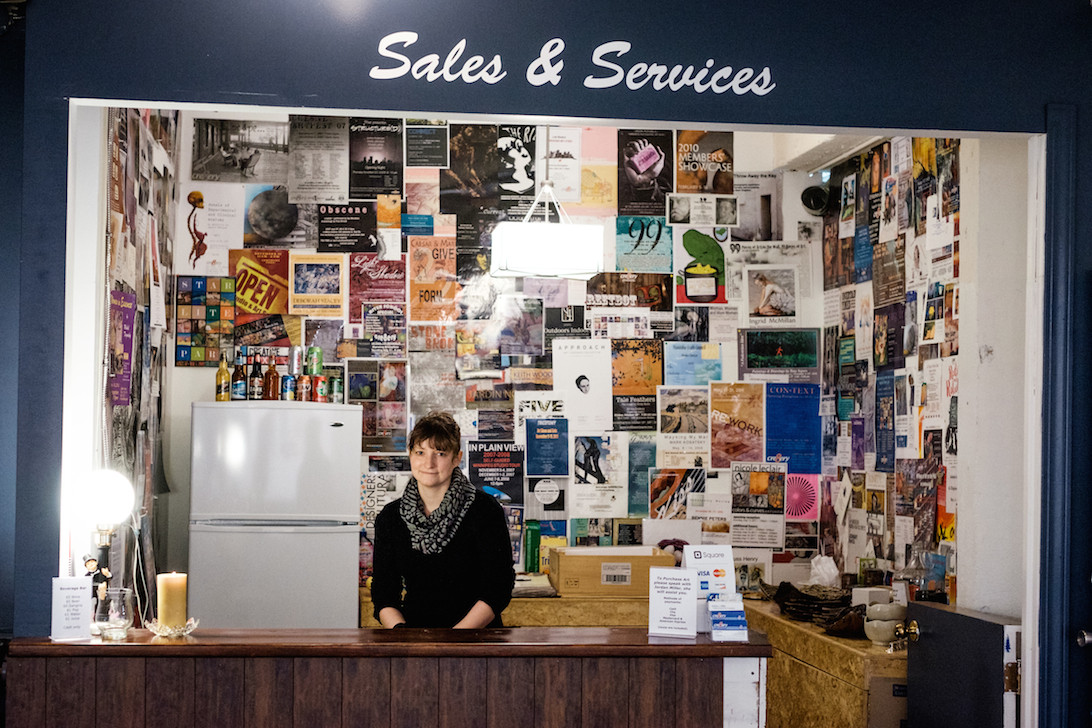Labours of love
The true face of the starving artist
In February 2016, Ipsos Reid released a study that determined almost half of Canadians are within $200 of not being able to pay their monthly bills. This survey has many people concerned, while others would see it as a miracle to have $200 left to play with after paying their bills. For those who work in the arts, this is especially true as it is a challenge to find a steady source of income that allows them to apply their strengths.
“I make just enough money to pay my way each year,” Jordan Miller, visual artist and owner of the Cre8ery gallery, says. “I’m in a low tax bracket... on paper it always looked like I made money when in fact I make less than minimum wage. I’ve never been ‘broke’, however I have cut everything fun out of my budget.”
While the term “broke” is commonly used, it’s all relative. For some, being broke simply means having to loosely monitor spending on nights out.
A visitor to the Cre8ery Gallery takes in some of Jordan Millers paintings.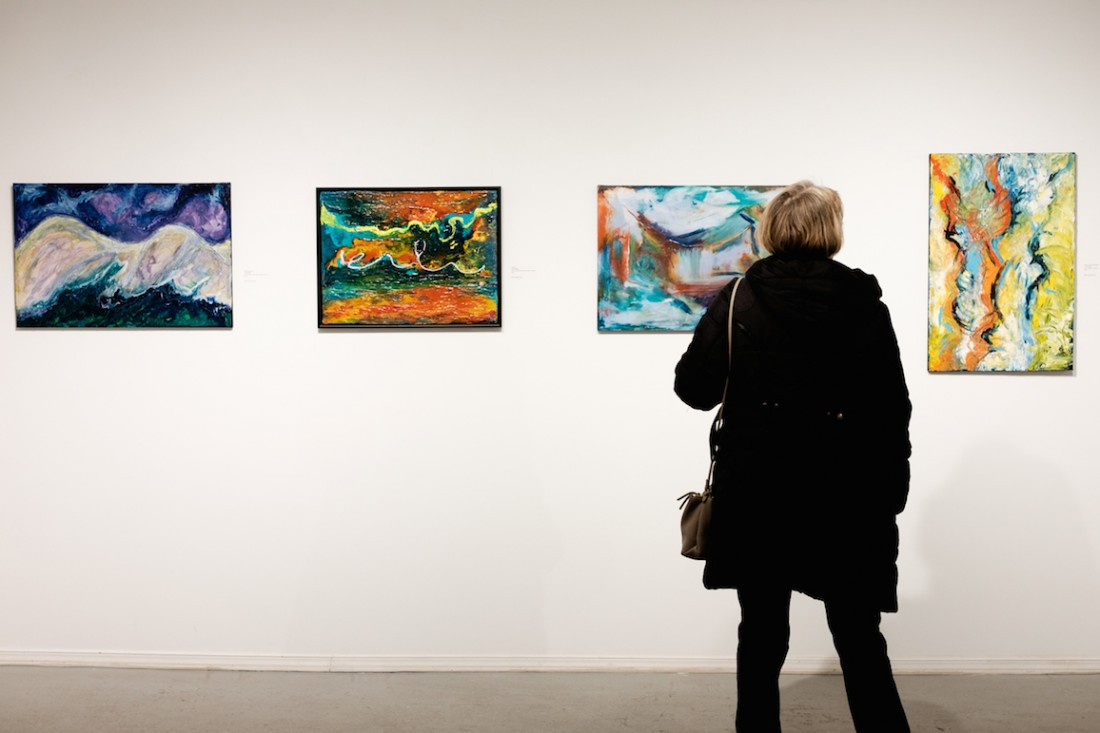
There’s a catch 22 on the Winnipeg arts scene. Artists need to make money to support themselves, but recreational activities such as going to see bands or plays, and buying art pieces won’t get priority over rent and food, so many are unable to support their peers.
“People always ask me to do things with them and the entrance fee is always something I just can’t budget for,” Miller says. And many other locals echo that sentiment.
“Unfortunately, and maybe ironically, (not making money as an artist) stops me from going to the theatre as much as I’d like and probably should,” Eric Rae, theatre actor, director and teacher, says.
It’s difficult for people who work more traditional jobs to grasp the concept of working as a creative. In many situations this can lead to resentment on both sides.
“My friends who have regular jobs and steady paycheques don’t understand that this is what I do for a living,” Marie says. “I’ve had people who assume or flat out ask for a discount because we know each other. I had one guy say ‘can you make it any cheaper? I have bills to pay.’ They don’t understand… dude. You are what pays my bills.”
Because she regularly fights to stay above water, Marie has recently made the decision to take a break from tattooing and work in a call centre.
Eric Rae performing in Scrooge. Supplied photo.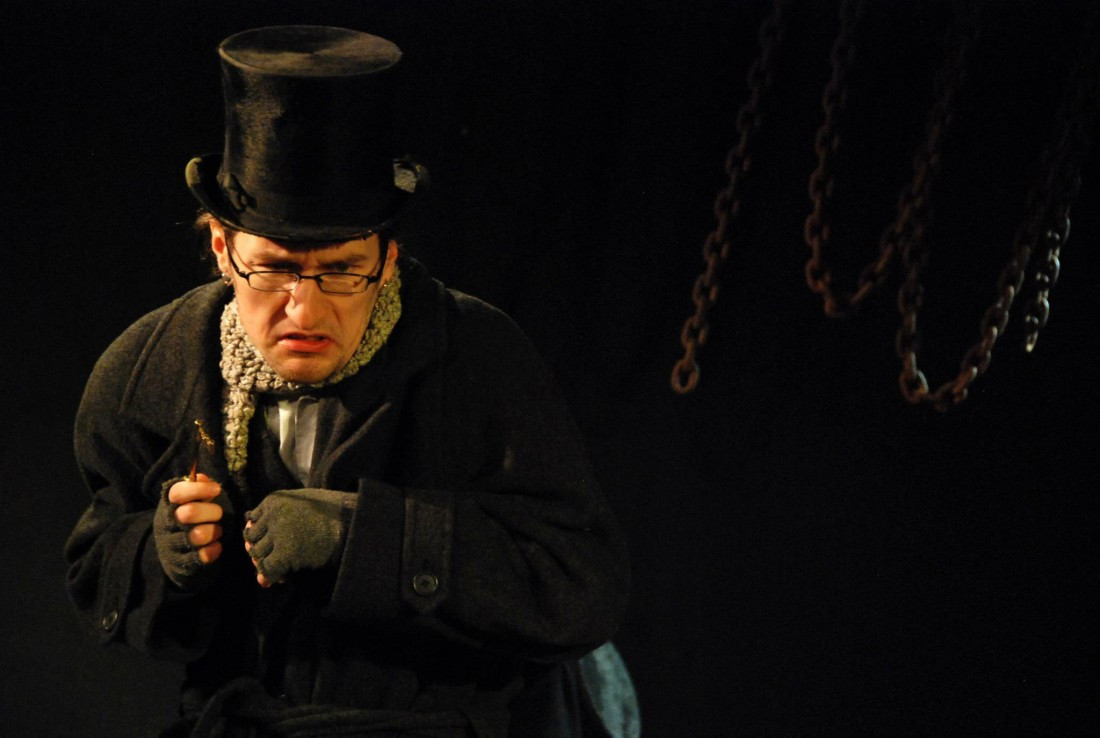
Marie has worked as a tattoo artist for six years but had trouble getting ahead.
“It’s an expensive thing to get into. You’re supplying ink, needles,” Marie says. “Thousands of dollars worth of equipment. It’s a challenge while you’re still trying to build a clientele.”
Marie Lou Morneau, communications coordinator for ACI Manitoba, has met many artists in Marie’s position. “Creative people aren’t naturally as good with the business side of things,” she says. “You need to manage your finances when work isn’t as steady and it takes some time to build your audience. It’s hard work.”
Mental health and stress levels are a hurdle for many creative types who are seeking reliable income. The creative path is a difficult one financially, but spending eight hours a day in a career that doesn’t fit is emotionally taxing.
“I’m relatively new to the arts. There was no high school drama class for me. Art was never really a thing in my family. So when I got out of high school, I got a desk job in market research,” Rae says. “I did that for five years before realizing that I couldn’t do it my whole life without losing my mind. Now that I’ve fallen in love with the theatre, I will never go back to working at a desk full-time... at least not willingly.”
Eric Rae (right) performing in As You Like It. Photo by Dylan Hewlett.
“I still do more of it for free or for a small honorarium,” Rae says. “Realistically, it’s a part of the industry and I’ve accepted that. We don’t value the arts in North America as much as we do other sectors.”
The uncertainty of it all leads people into some scary or just plain embarrassing situations.
“I consider myself lucky because I am an only child,” Marie says. “I had $2 in my bank account around December so I asked my parents for rent for Christmas. They were really nice about it, but it hurt to ask. I’m working hard. I want to be able to be an adult and have a career without sacrificing what I love doing.”
Simplifying daily life seems to be the best option for those in low income situations, forcing many to micro-manage their finances.
“I tuck away $100 each month to my RRSP as I have no pension as a self employed person. I look through the discount food bin at the store when I purchase food. I’ve found bags of perfectly good produce in them,” Miller says. “I have cut out movies, cable, alcohol, clothing purchases. I don’t wear make-up and I grew my hair long to save money on haircuts.”
A tattoo piece by Kendall Marie. Supplied photo.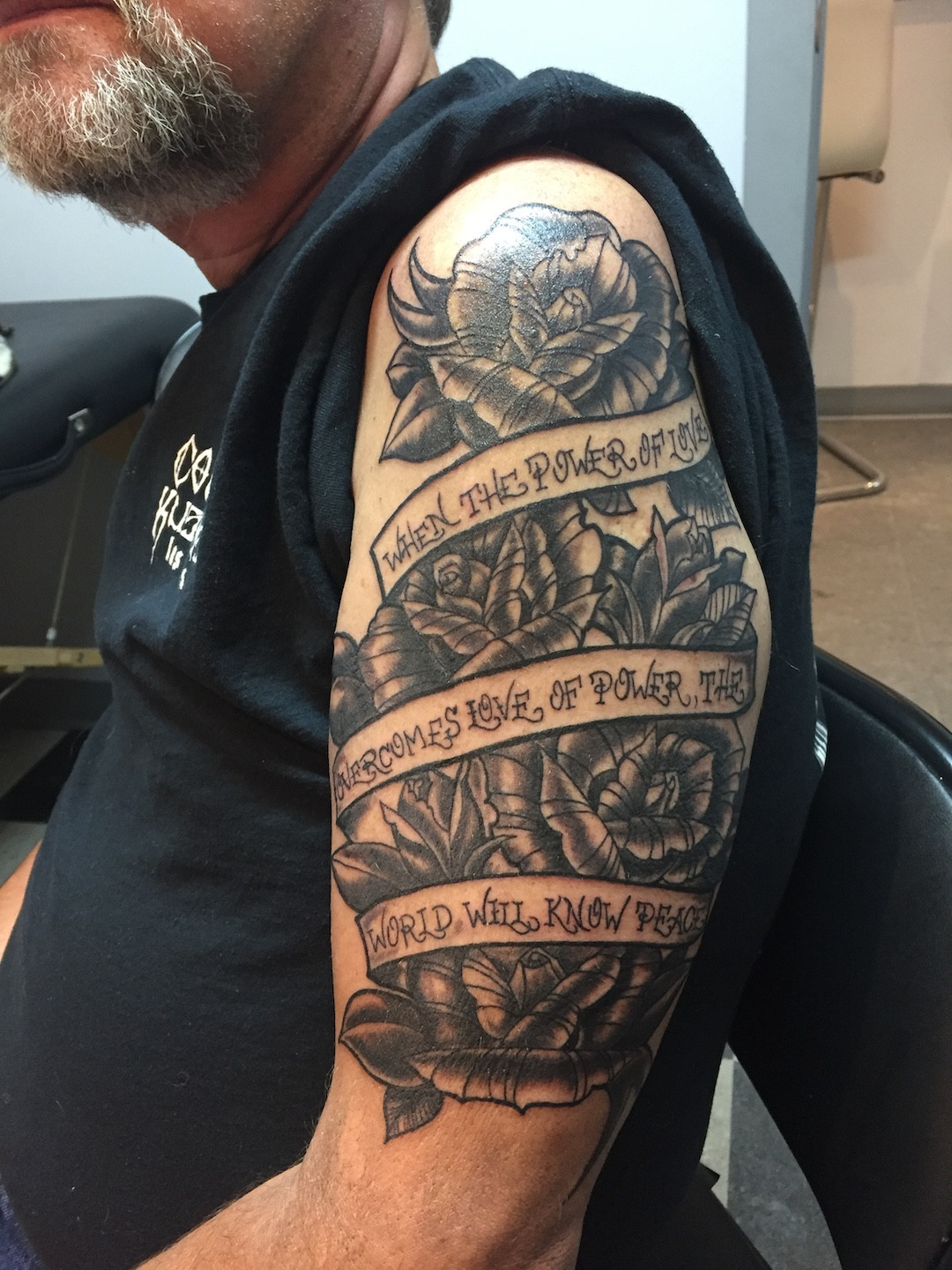
“A lot of artists who’ve taken our workshops are full time artists now, they are paying the bills,” Morneau says. “Lennard Taylor (a fashion designer) went through our Art of Managing your Career program, and Justin Currie (a graphic artist) recently had to move out of our studio space because it wasn’t big enough for him anymore.”
Though it can be difficult to start out, making a living as an artist is not impossible with the right support system. For most creatives, giving a day job priority over their passion won’t work in the long term.
“I do want to go back, whether that’s a few months or a couple of years down the line,” Marie says. “I love it. That moment when you draw something up for a client and you know that they’re going to love it for the rest of their life... it makes it worth it.”
In some ways, living outside the traditional definition of success simply allows artists the opportunity to get creative not just in their work lives, but their approach to life itself.
“You know, actually thinking about this has made me realize I’ve adapted fairly well to this, all things considered,” Rae says. “The media is constantly bombarding us with stuff we need to spend our money on to be happy.”
Though the life of an artist comes with financial challenges, it is a price worth paying for a creative mind that simply wouldn’t fit in the 9-5.
Published in Volume 70, Number 23 of The Uniter (March 10, 2016)

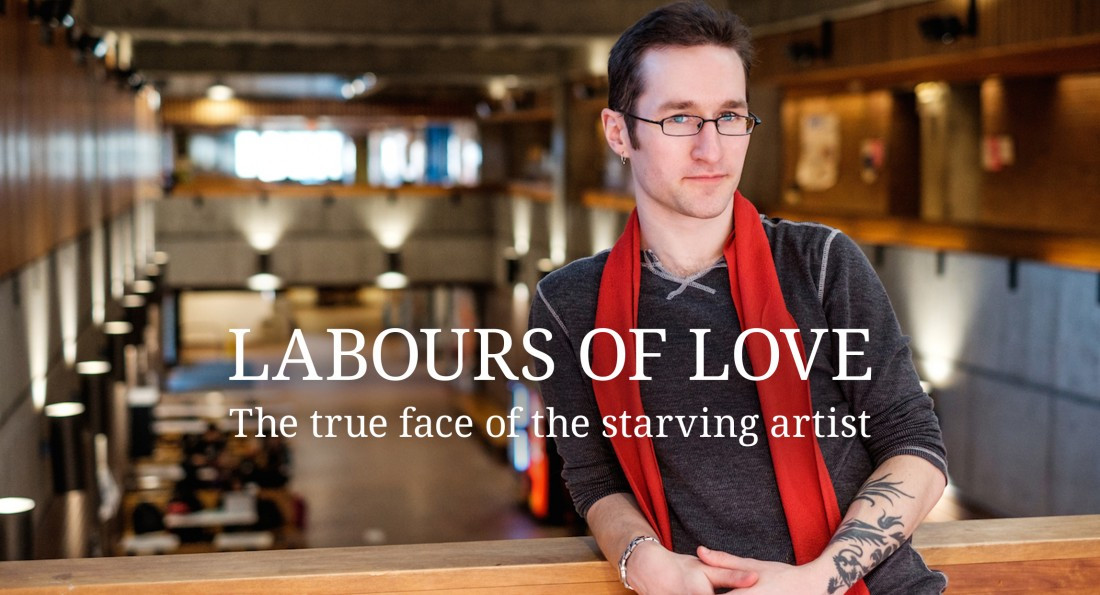
_1100_733_90.jpg)
